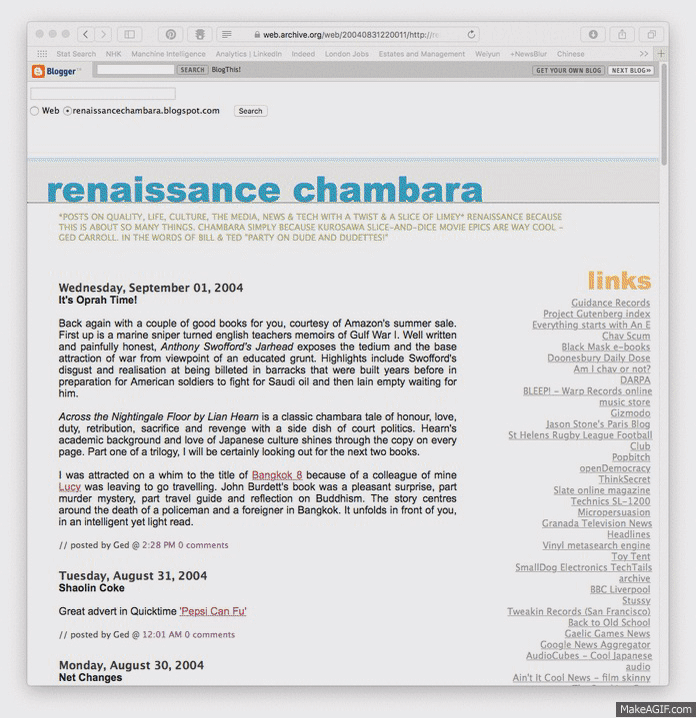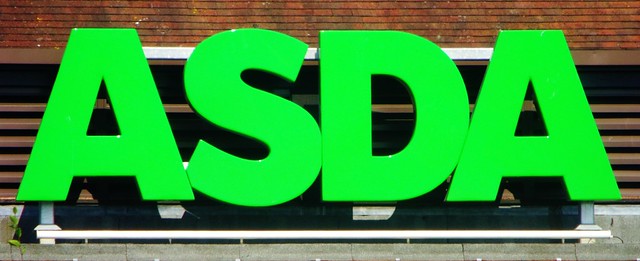How Hong Kong crime has changed over time, and what that says about the city | South China Morning Post – interesting social changes as reflected by Hong Kong crime. Although this might change with Beijing using Hong Kong crime organisations to influence local politics and opposition through murder and intimidation. More Hong Kong related posts here
Confusing Google’s self-driving cars — Eightface – I love that hipster practices fuck with the AI of Google’s self driving cars – goes to show that machines don’t have a clue about why fixies either
The man in the van — Eightface – great story ‘There he is at night, wearing a spelunking headlamp to go with his unkempt beard, writing in his “thought journal” or rereading Kerouac‘
US-China Today: China’s WeChat better than Facebook: Advertising CEO – CEO of Havas on CNBC
Why Olay’s choice of male ambassador for China is a stupid move – Campaign Asia – insightful essay on why male brand ambassadors won’t work well for female orientated brands. Based on a negative perception that Chinese women can be ‘baited and placated with male eye candy‘
Google’s Package Tracking Card – great new Google shortcut
Viber adds end-to-end encryption and hidden chats as messaging app privacy wave grows | TechCrunch – end-to-end cryptography now a hygiene factor
Hennessy 8 Encompasses the Brand’s History in One Spectacular Bottle | Wine, Spirits & Cigars – the packaging design is nuts, however I can’t see that many being given away in China
Foursquare Predicts Chipotle’s Q1 Sales Down Nearly 30%; Foot Traffic Reveals the Start of a Mixed… — Foursquare Direct — Medium – interesting trending data despite the source (Foursquare themselves)
EU’s Google Probe Focuses on Preloaded Apps | WSJ – could allow for greater diversity in Android phone experiences, IF phone manufacturers get their act together. In reality likely to drive more bloatware
Verizon, Hearst Agree to Buy Complex Media | WSJ – interesting how Verizon are becoming a major media company. Complex makes a great fit to Aol’s blogs business
Watch: Martin Sorrell on how the industry can deal with ad-blocking | Campaign – interesting comments on Havas (paywall)
Media Websites Battle Faltering Ad Revenue and Traffic – The New York Times – “In the first quarter of 2016, 85 cents of every new dollar spent in online advertising will go to Google or Facebook, said Brian Nowak, a Morgan Stanley analyst” (paywall)
Chobani and Yahoo: Yes, Search Ads Really Can Lift Sales | CMO Strategy – AdAge – interesting use of search as brand advertising
‘We would not invest further in our UK business’ after Brexit, says Ogilvy global exec Paul O’Donnell | The Drum – an honest assessment
Korean Drama Gets American Twist With Viki’s ‘Dramaworld’ | Variety – interesting that Viki invested in original content that would feature their target demographic, given that they have built their brand on the ‘otherness’ of hallyu content
3 Things You Need To Know Today To Better Serve Your Millennial Customers Tomorrow – Forbes – email isn’t the dead medium that others thought it would be
How to Manufacture Desire — Psychology of Stuff — Medium – I got this via Paul Armstrong

